How LED Lights Help Your Plants to Grow
LED lights weren’t a thing in horticulture years back. However, with advancements in technology, the market is hyping how LED lights cultivate healthy and robust plants in recent years. Can LED lights grow plants for real? In this comprehensive guide, we will explore the fascinating world of LED lights and their impact on plant growth. By comparing LED lights to other grow lights such as fluorescent and incandescent lighting, this article will provide valuable evidence about whether or not the LED lights grow your plants.
Table of Contents
Do LED Lights Help Plants Grow
The answer is a resounding yes! LED lights do good for your vegetables, flowers, greens, etc. by offering an energy-efficient and customizable lighting solution. These lights emit specific wavelengths of light that plants need for photosynthesis, enabling them to thrive and flourish. For instance, while blue lights are desired for the vegetative phase, red light encourages fruiting. The assurance of both essential growth light spectrums can be excellent news for the plant kingdom.
How Are LED Lights Good for Plants
Compared with traditional lighting, say, incandescent lights, fluorescent lights, and HID lights, LED lights offer quite a few benefits when it comes to growing plants indoors. Let's see how they upgrade your plant growth:
Tailored Light Spectrum
LED lights allow growers to customize the light spectrum according to the specific needs of their plants. Different wavelengths of light play distinct roles in various stages of plant growth. By adjusting the light spectrum, growers can optimize photosynthesis, promote flowering and yield, and enhance overall plant health.

Consistent Harvest Cycle
Plants require adequate exposure to light for optimal growth. Sadly, they get only limited hours of natural light, which reduces their growth potential. This is where LED lights come in beneficial - as artificial daylight to fasten and extend plants’ life cycles. Even at night, LED lights can keep your plants growing continuously.
Energy Efficiency & Cost Saving
How much does led lights cost? The energy needed to produce light and heat emissions is the chief cause of your high electricity bills. Thankfully, LEDs are a low-energy option. With LED lights, you can get enough light with far less bill to clear.
Longer Lifespan
Besides reducing energy consumption and heat emission, LEDs are increasingly favored for their longer lifespan than traditional light bulbs. Since they operate at a low temperature, LEDs boast a 50,000-hour lifespan. Their extended lifespan reduces frequent replacements and saves a great fortune on your long-term growth plans.
Heat Management
Unlike traditional lighting sources, LED lights produce very little heat. This is beneficial for plants as excessive heat can damage foliage and hinder growth. LED lights keep the temperature in the growing area under control, creating a favorable environment for plants to thrive.
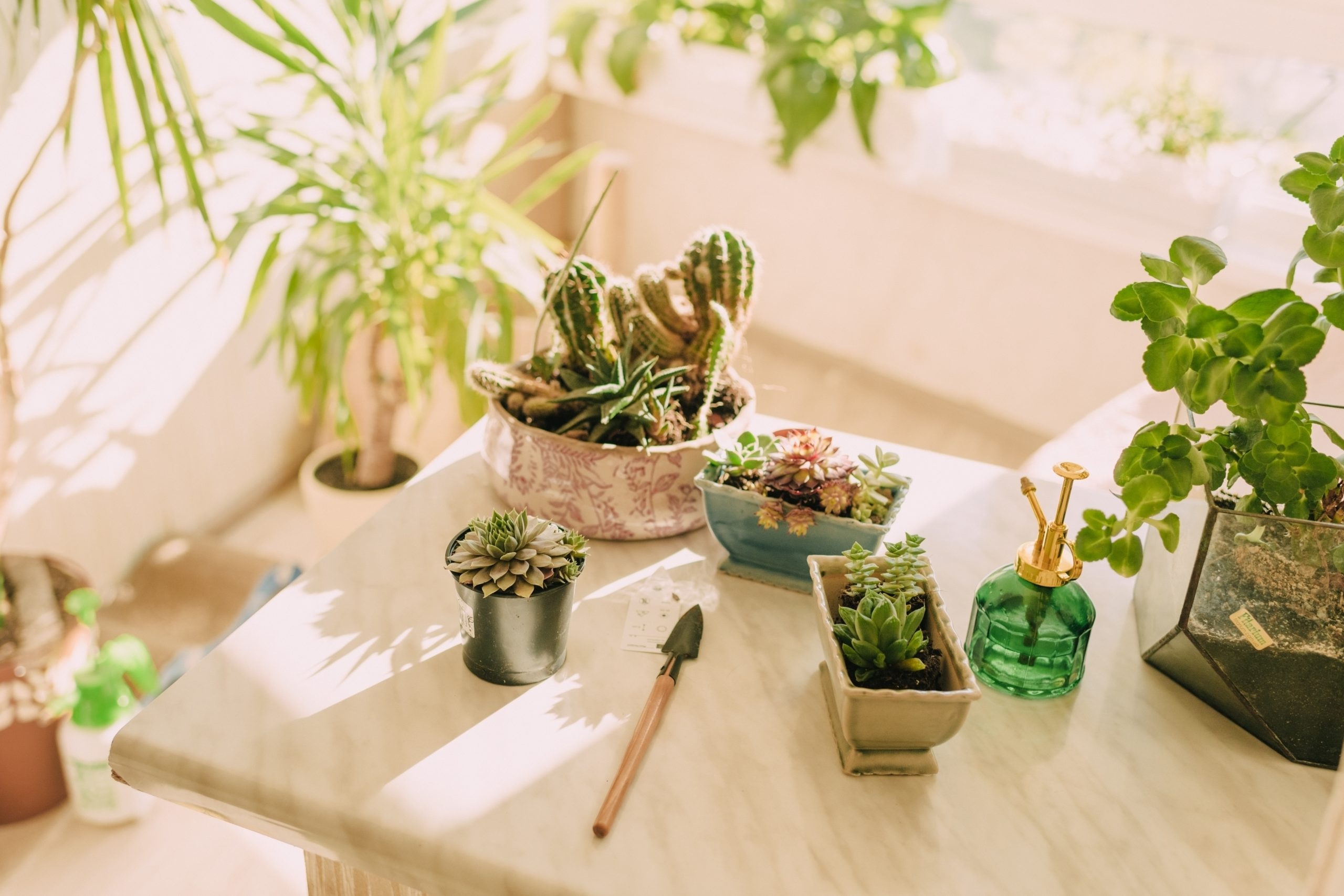
Do You Need Specialist LED Grow Lights
When you browse through the lights, you may see specially designed LED grow lights. Is it necessary to purchase one or is the LED light already good to go?
If you are planning to grow plants indoors, especially for the purpose of cultivating plants that require specific light conditions, it is recommended to use specialist LED grow lights. While regular household LED lights can provide some illumination, they may not be optimized for the specific light spectrum and intensity that plants need for photosynthesis and growth.
Specialist LED grow lights are designed to emit light in the ideal spectrum for plant growth, typically focusing on the red and blue wavelengths that are most beneficial for photosynthesis. They also offer the ability to adjust the light intensity and spectrum according to the specific needs of different plant species and growth stages.
Therefore, if you are serious about indoor gardening and want to optimize plant health and productivity, investing in specialist LED grow lights is recommended. Here at Spider Farmer, we have a wide collection of full-spectrum grow lights that cater to plant growth. You can choose any one of them depending on your cultivation scale and budget.
2024 Newest Version Spider Farmer® SF1000 Samsung LM301H EVO LED Grow Light
2024 Newest Version Spider Farmer® SF2000 Samsung LM301H EVO LED Grow Light
2024 Spider Farmer® SF4000 450W Samsung lm301H EVO LED Grow Light
2024 Newest Version Spider Farmer® SF7000 650W Foldable LED Grow Light
2024 Newest Version Spider Farmer® SF1000D 100W Full Spectrum LED Grow Light Samsung Diodes
2024 Newest Version Spider Farmer® SF300 33W Led Grow Light For Veg
2024 Newest Version Spider Farmer® SF600 Vegetable Led Grow Lights
Spider Farmer®SE7000 730W Led Grow Light High Yileds Commercial Lighting for 4x4FT
Spider Farmer® SE3000 300W LED Grow Light Full Spectrum Samsung LM301B Diodes For 3x3FT
Spider Farmer®SE5000 480W LED Grow Lights Dimmable Full Spectrum for 4x4FT
Spider Farmer® SE1000W LED Grow Lights Dimmable Commercial Vertical Farming
Conclusion Thoughts
LED lights for plants are an innovative way to optimize your plant’s yield. With appropriate usage, they can help you produce more crops – even with less energy consumption. This article has given key information about using LEDs, particularly the multiple benefits for indoor growing. If you are wondering if can plants grow with LED lights, we bet you already know the answer.
FAQs about Can LED Lights Grow Plants
- Can plants do photosynthesis with LED light?
Yes, plants can perform photosynthesis with regular LED lights and LED grow lights. By absorbing specific wavelengths emitted by LED lights, plants can also convert light energy into chemical energy in the form of glucose (sugar) and oxygen.
- Are grow lights just LED lights?
Grow lights can refer to various types of lights used for indoor plant cultivation. While LED lights are commonly used as grow lights due to their energy efficiency and customizable spectrum, not all grow lights are LED lights. Other types of grow lights include fluorescent, high-pressure sodium (HPS grow lights), etc.
- Can a regular light bulb help plants grow?
Regular light bulbs, such as incandescent or compact fluorescent lights (CFLs), are not ideal for plant growth. They emit a broad spectrum of light that may not provide the specific wavelengths needed for efficient photosynthesis. Additionally, regular light bulbs can generate excessive heat, which can be detrimental to plants.
- Can LED shop lights be used for growing plants?
LED shop lights can be used for growing plants, but their effectiveness depends on their spectrum and intensity. Shop lights are typically designed for general illumination purposes and may not provide the optimal light spectrum for plant growth. It is recommended to use specialized LED grow lights that are specifically designed for indoor gardening to achieve the best results.

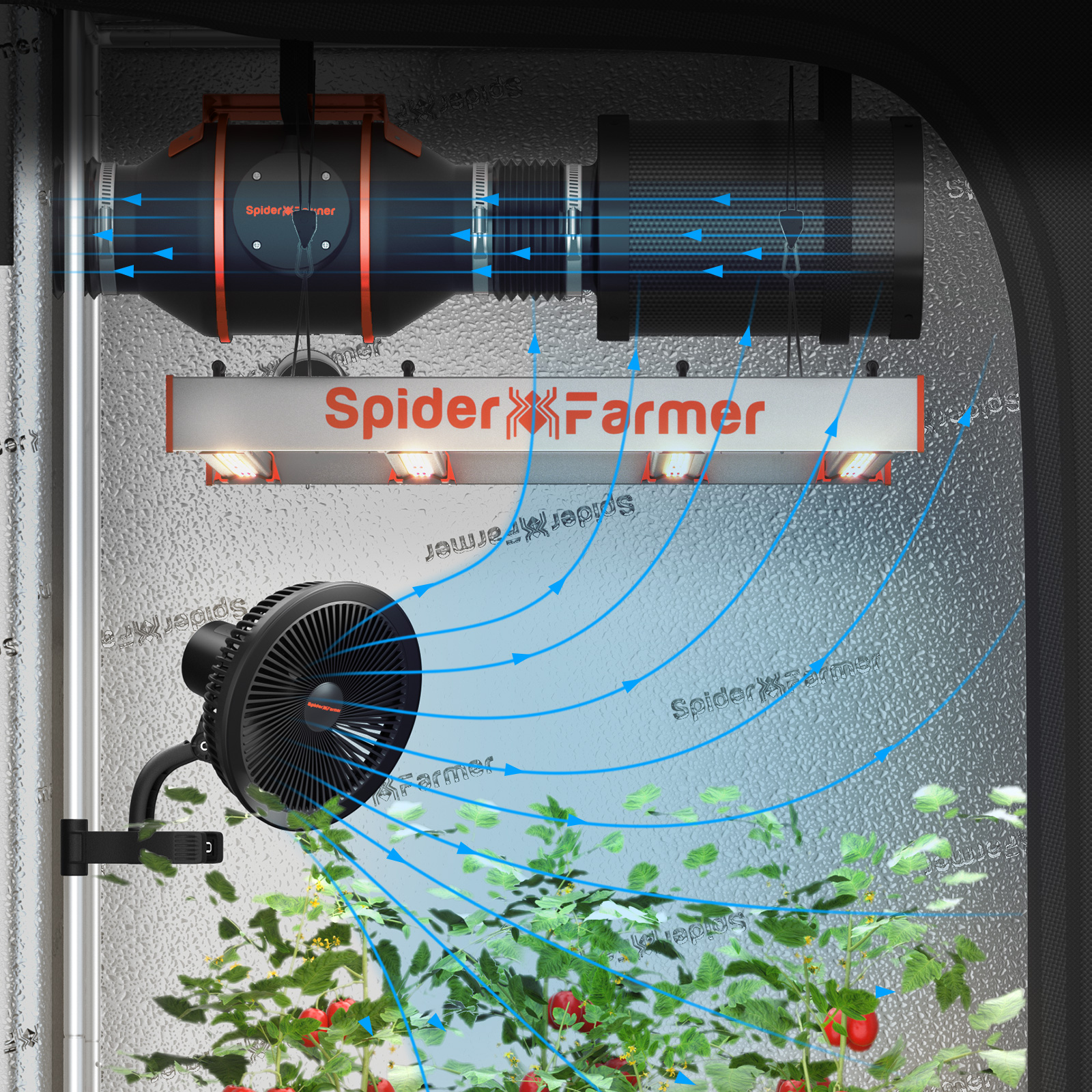
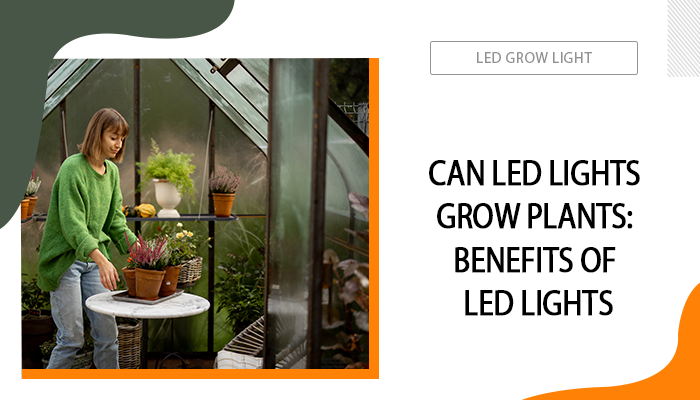
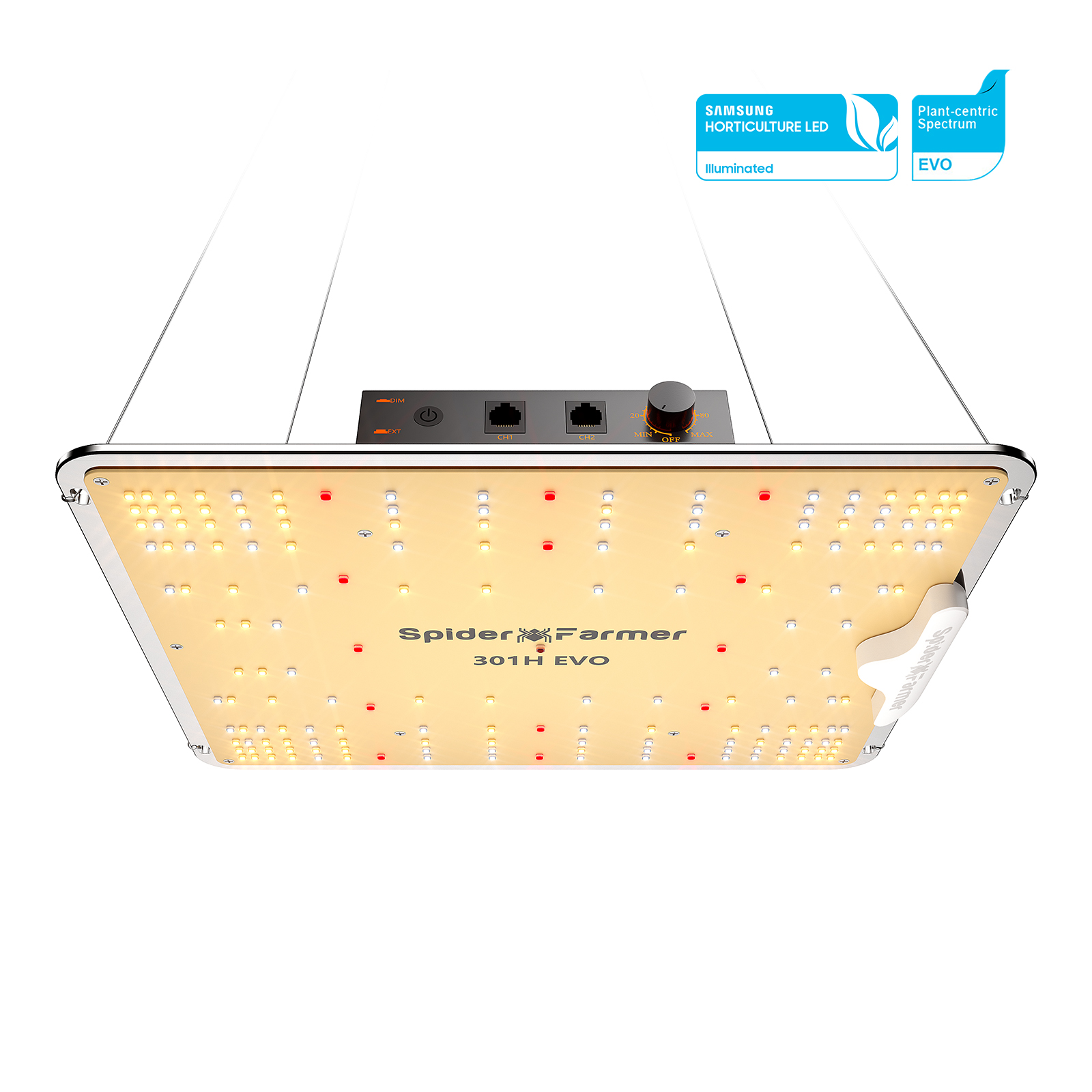
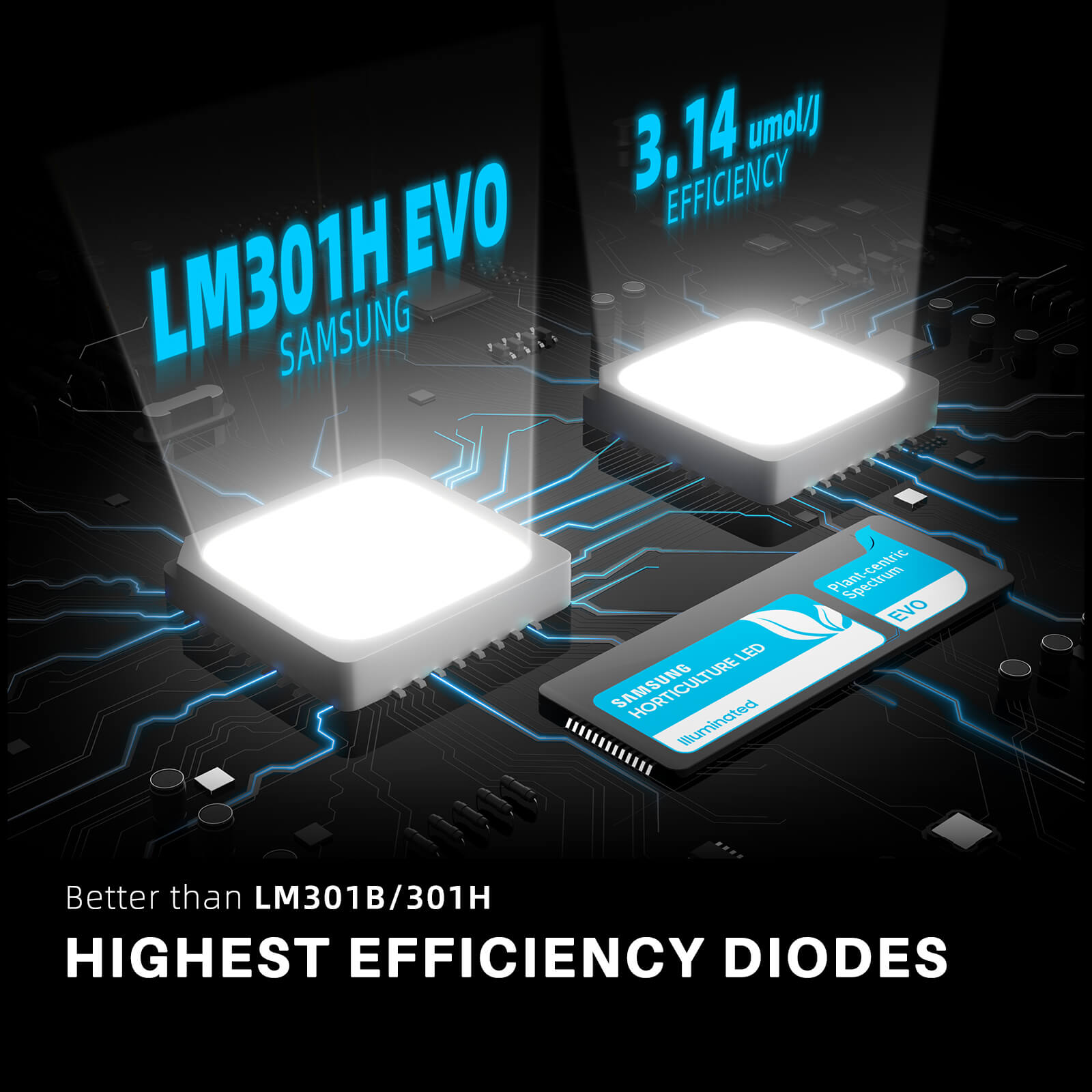
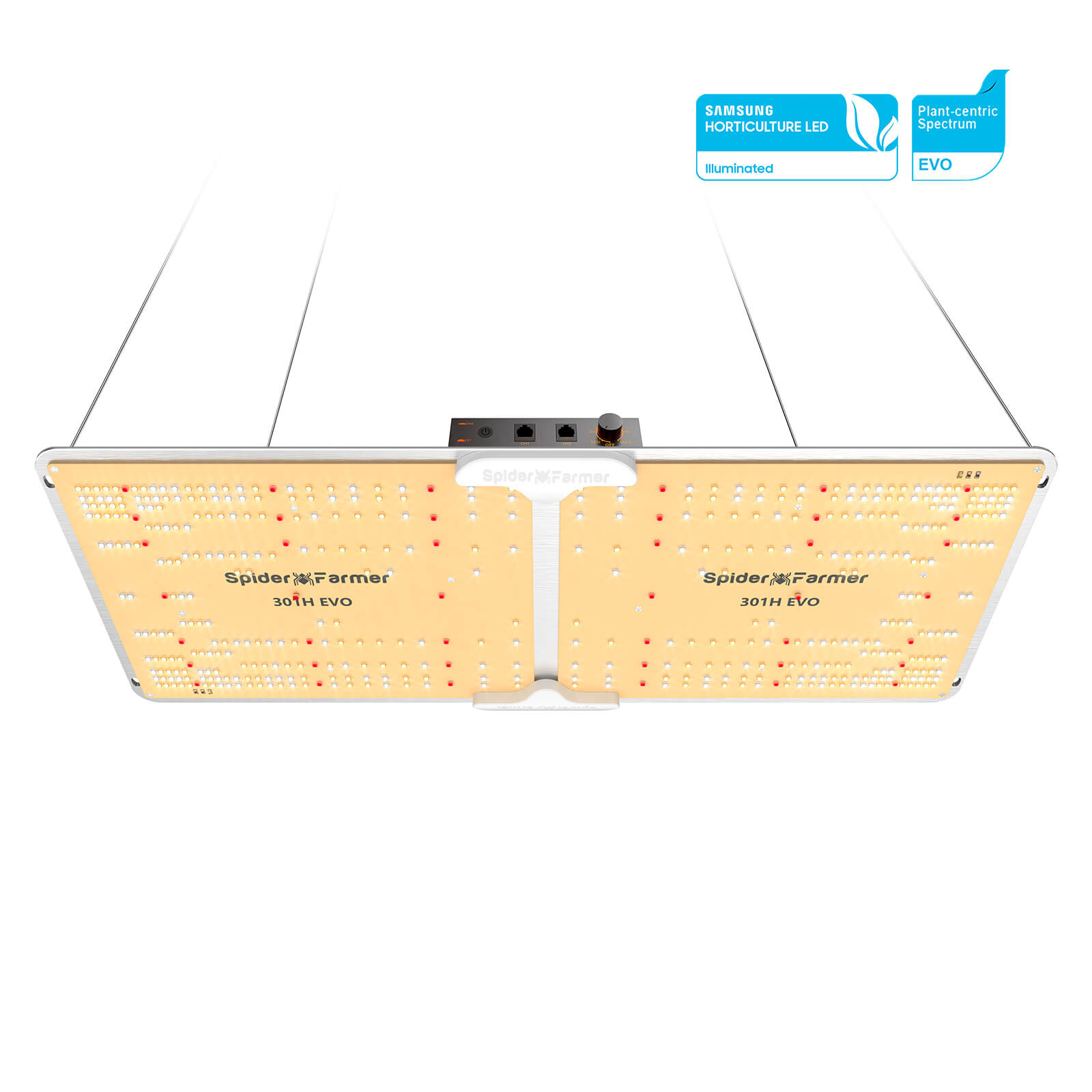
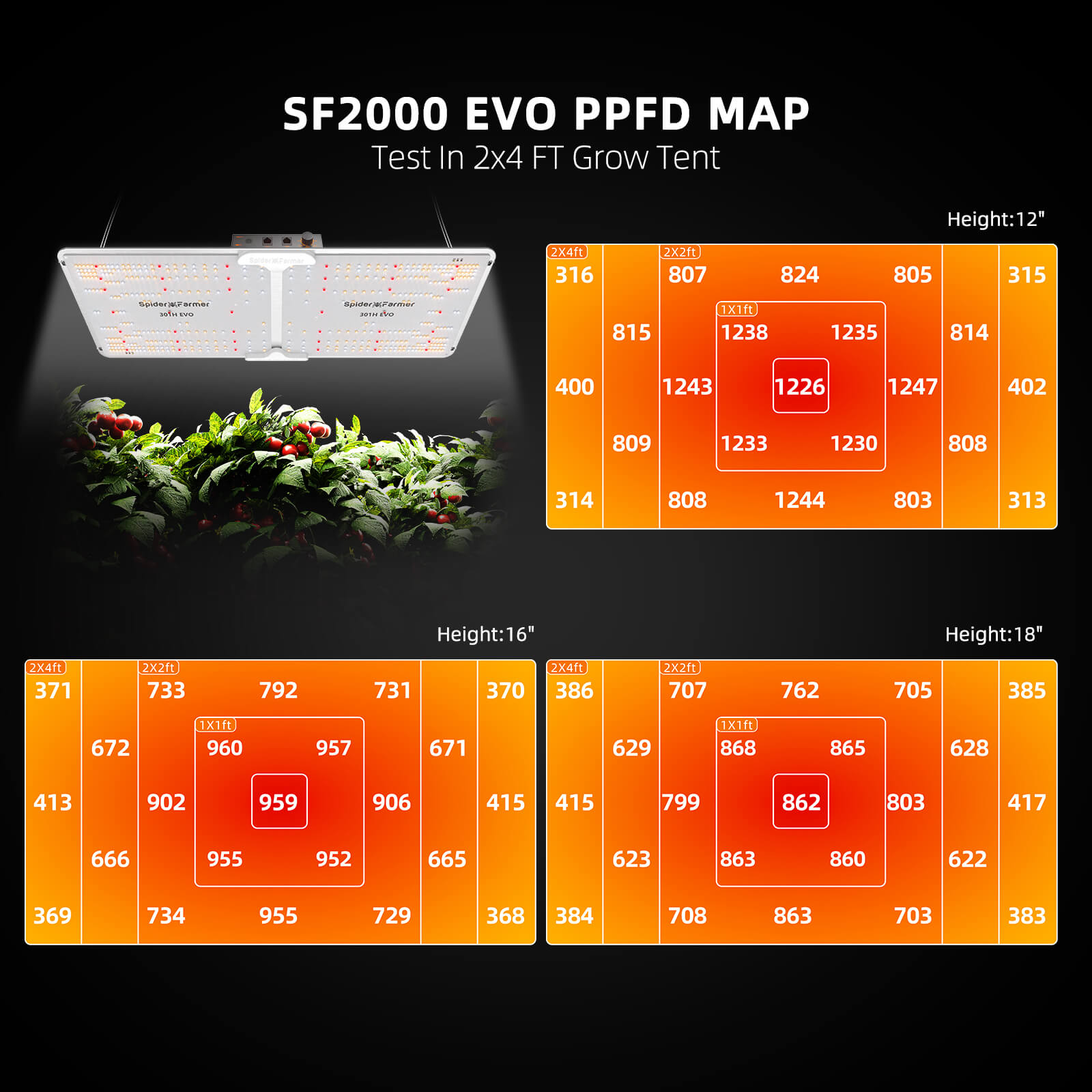
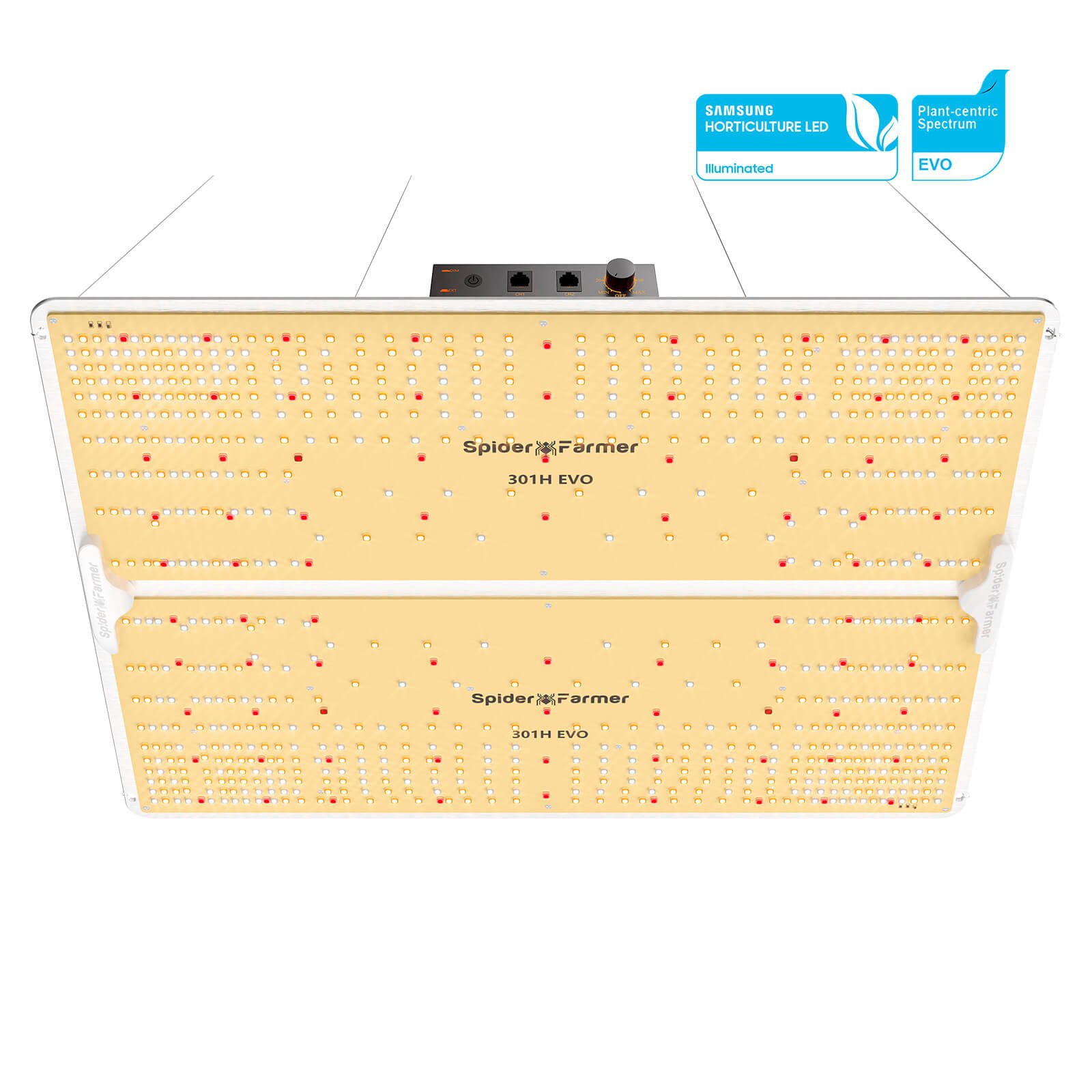
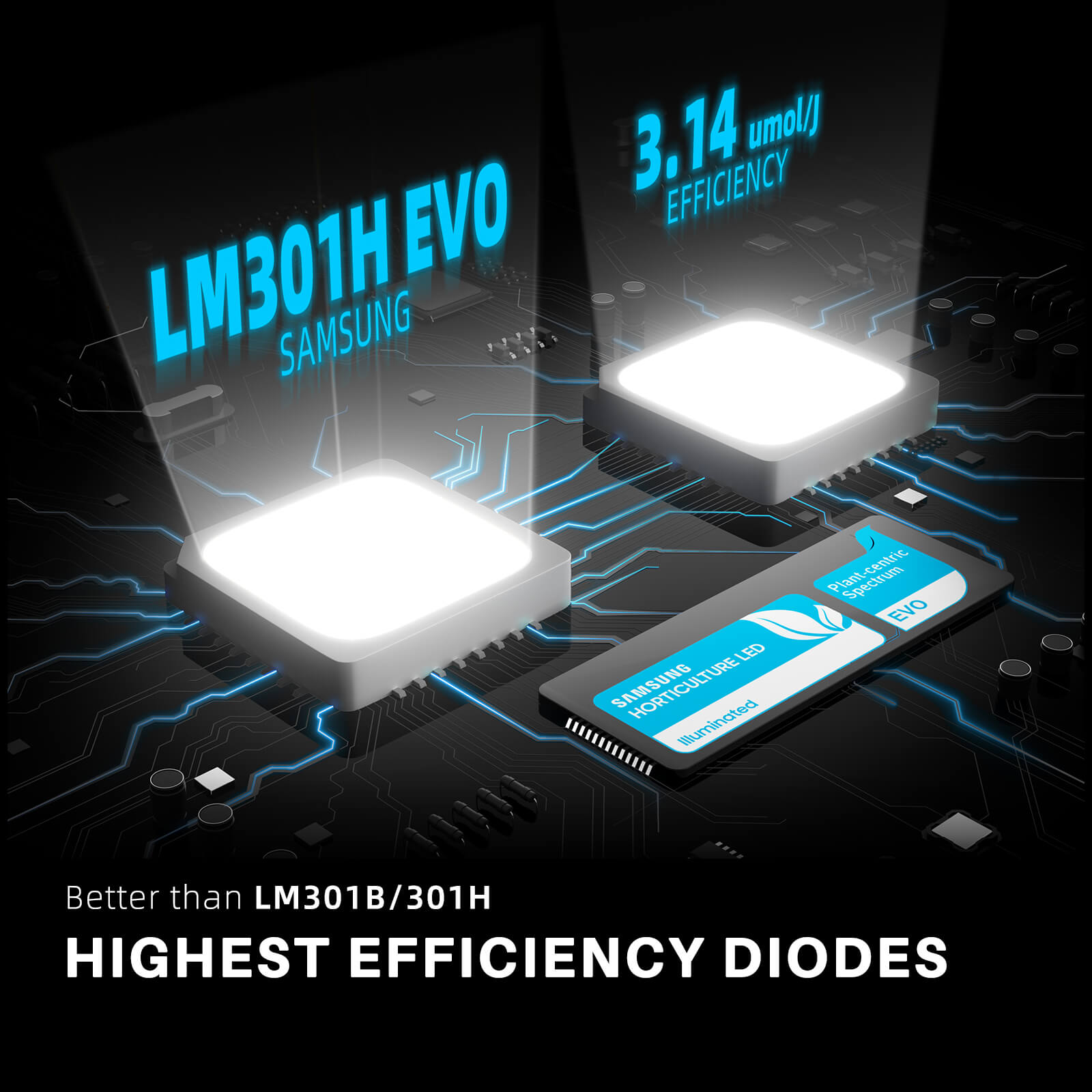
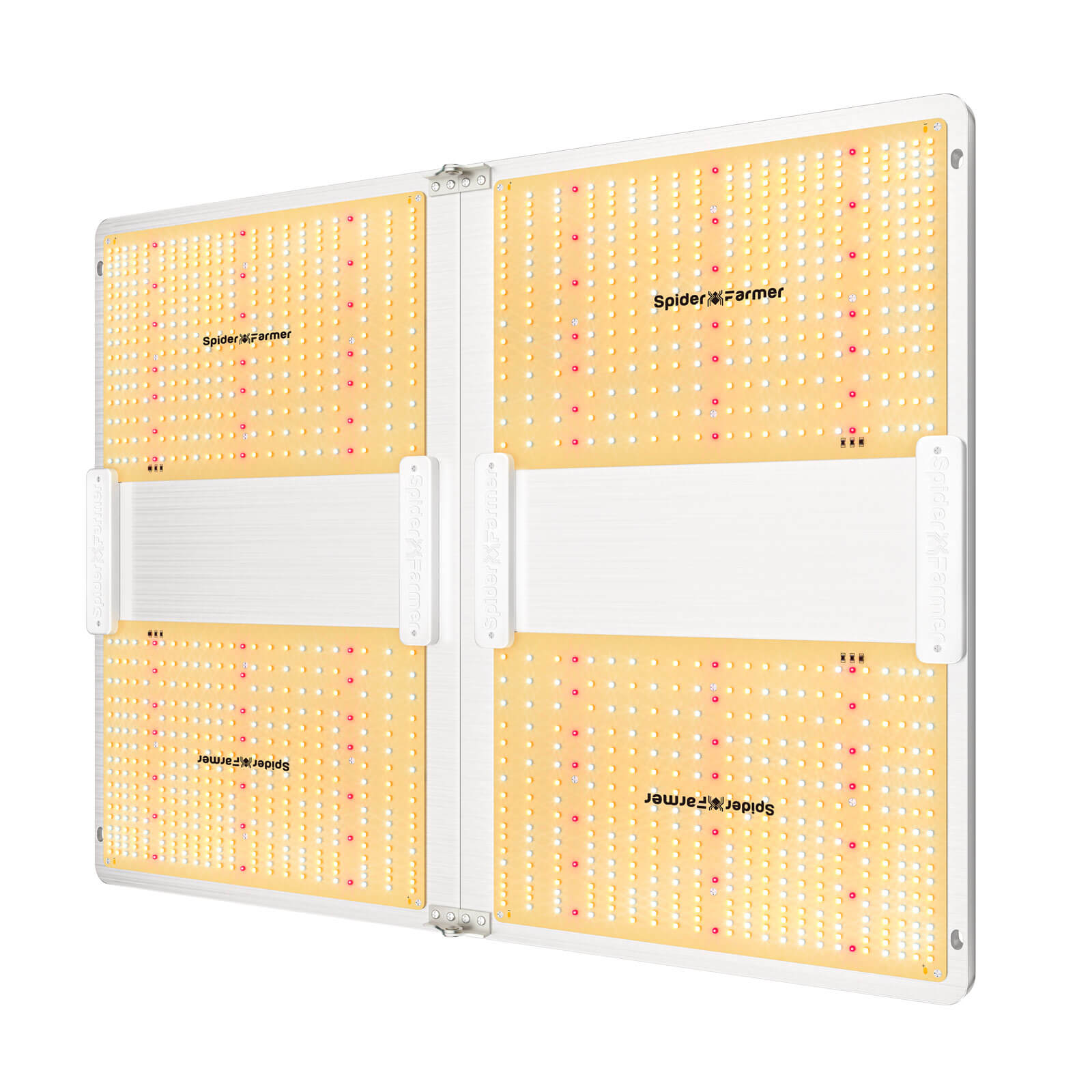
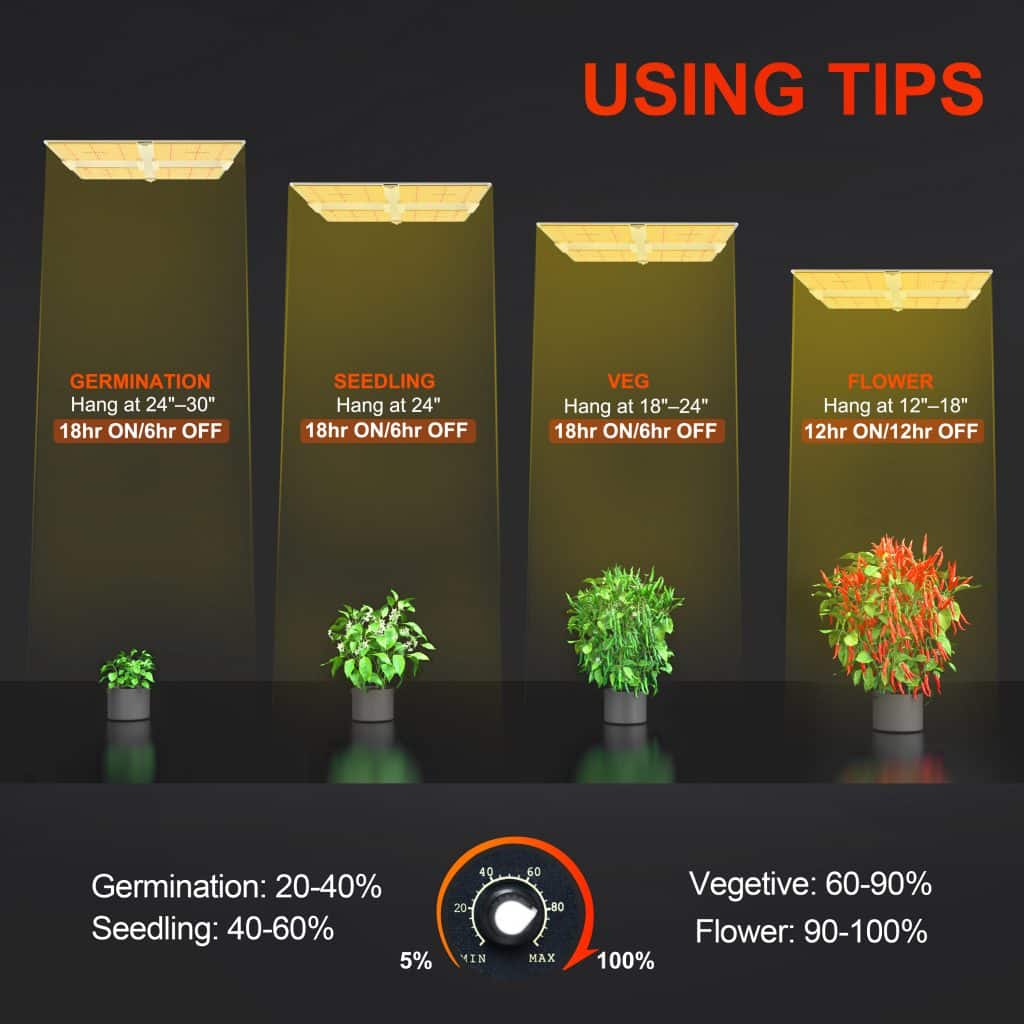
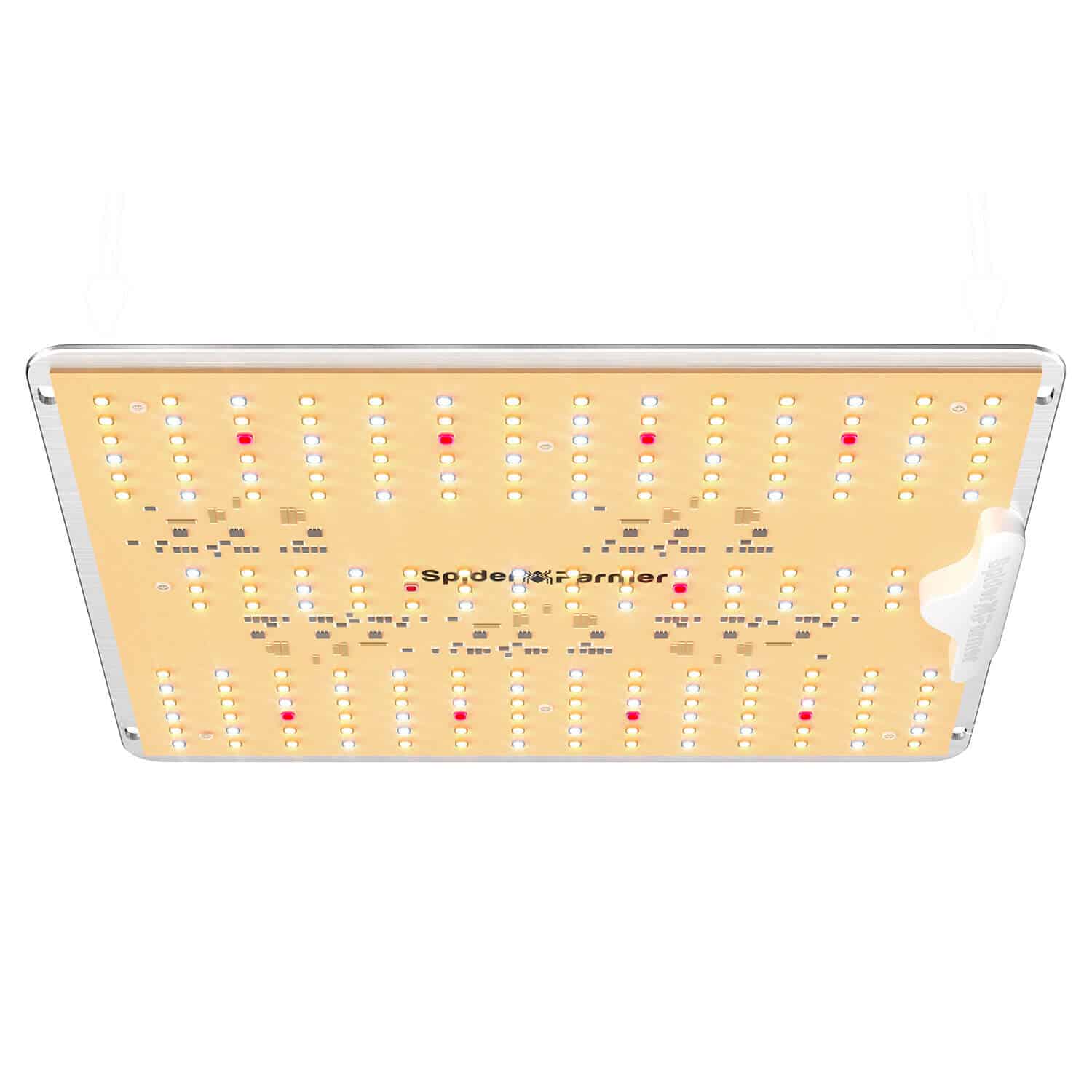
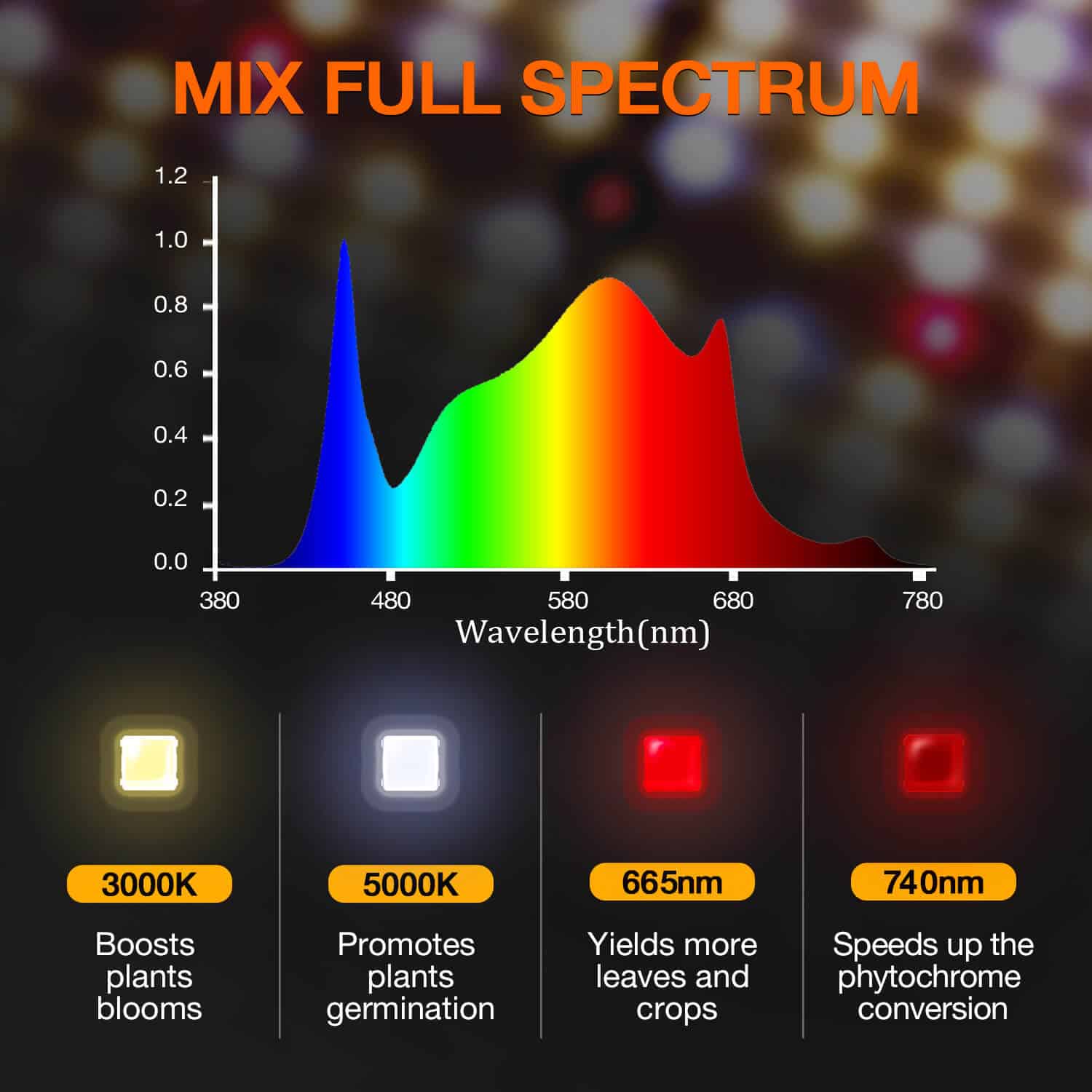

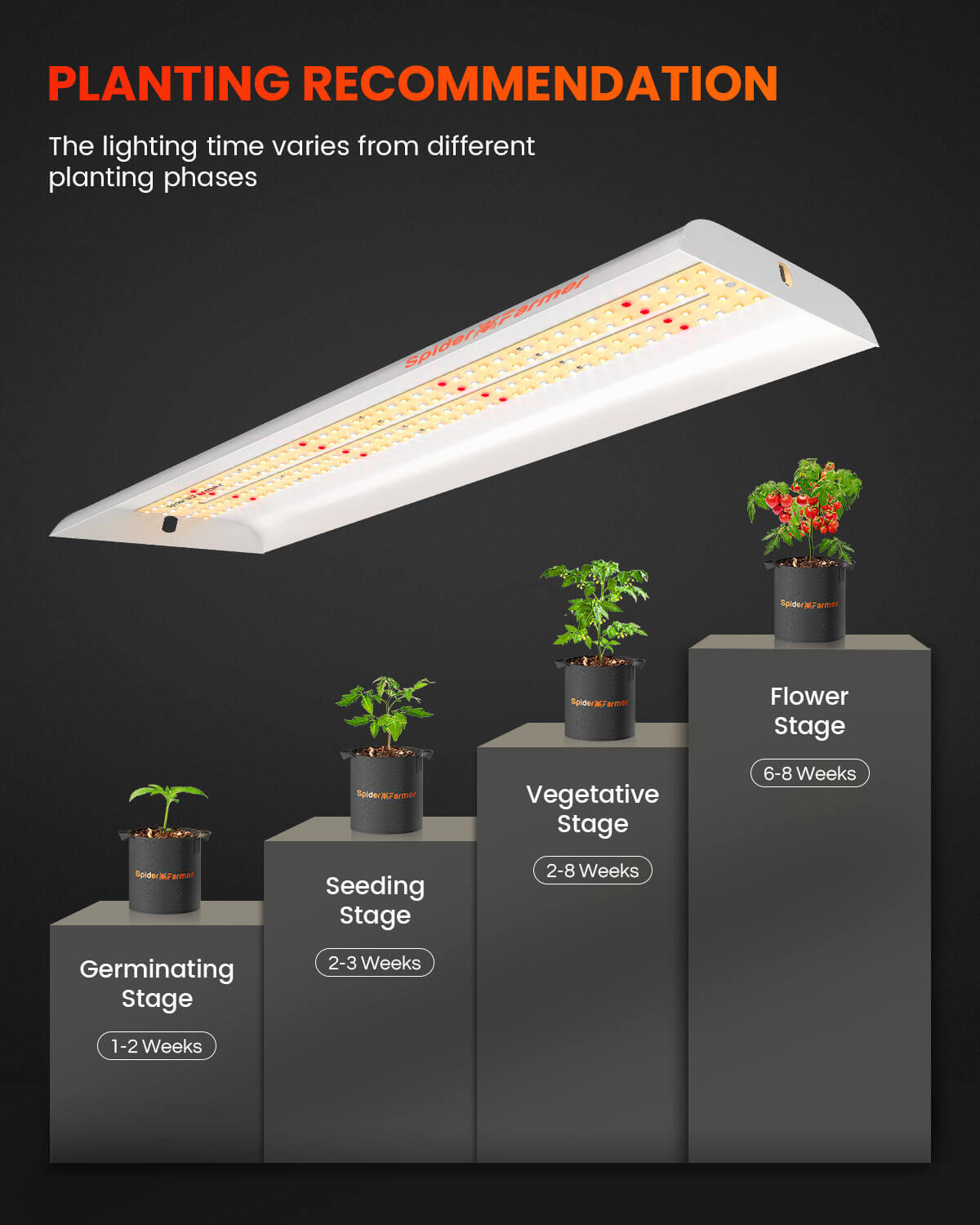

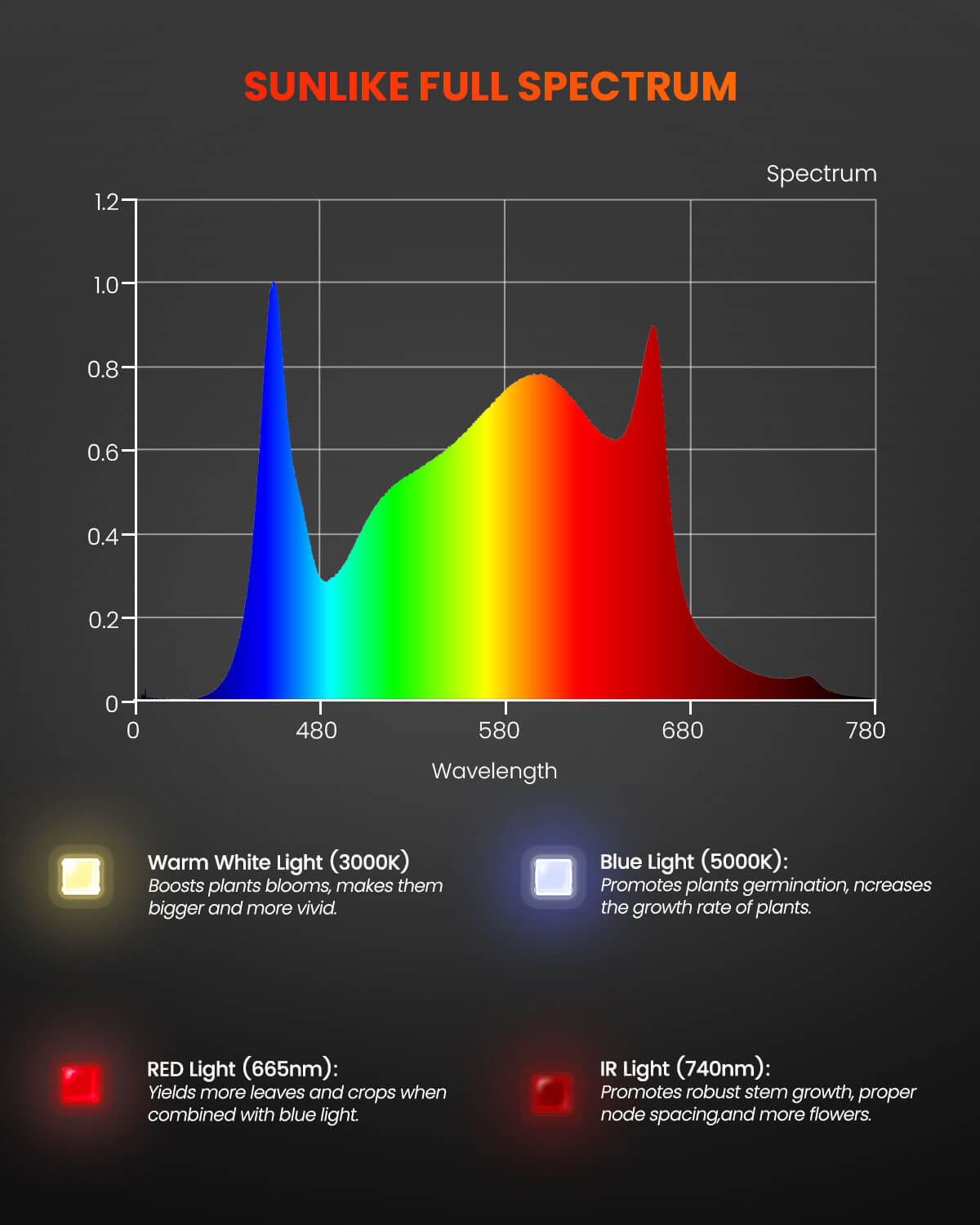
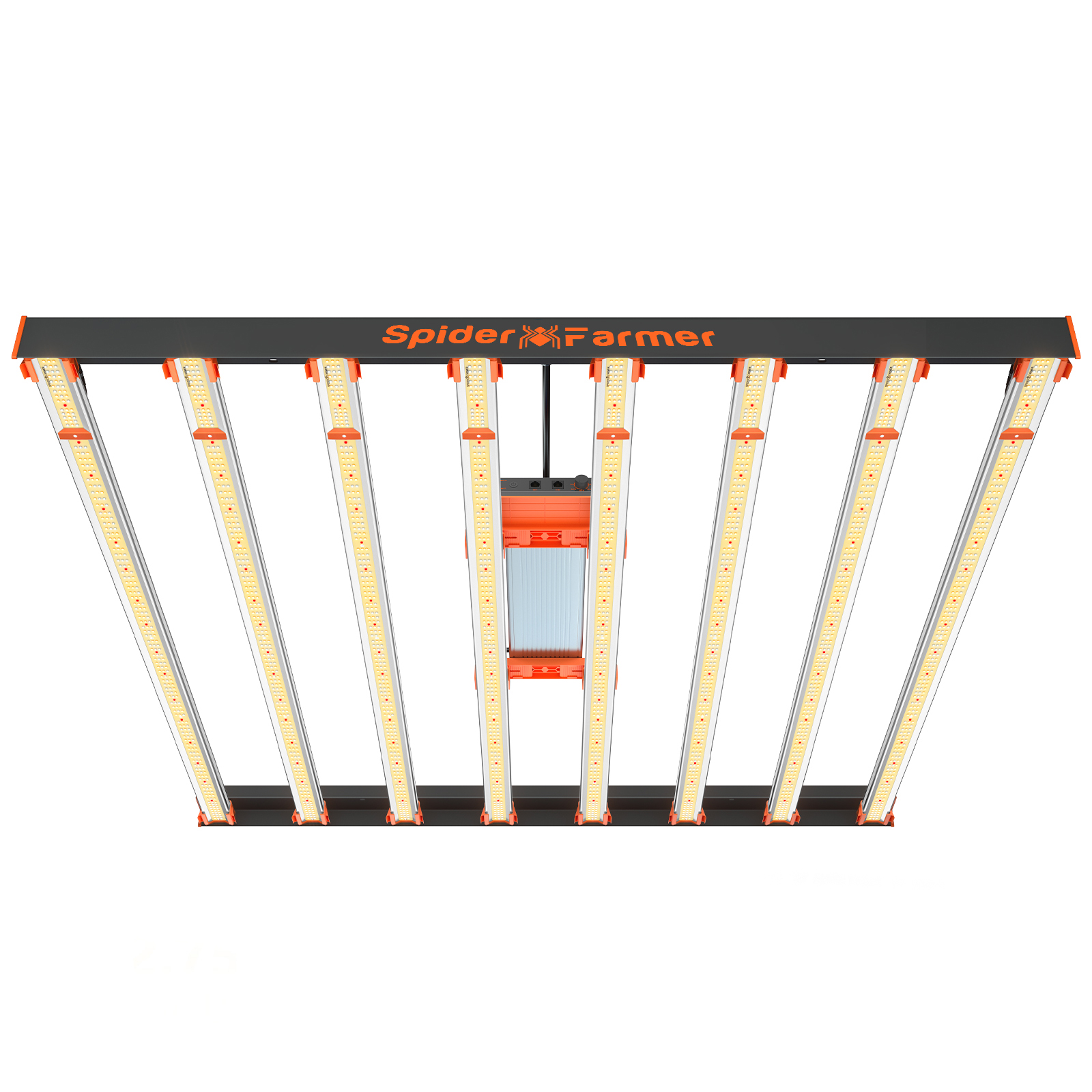
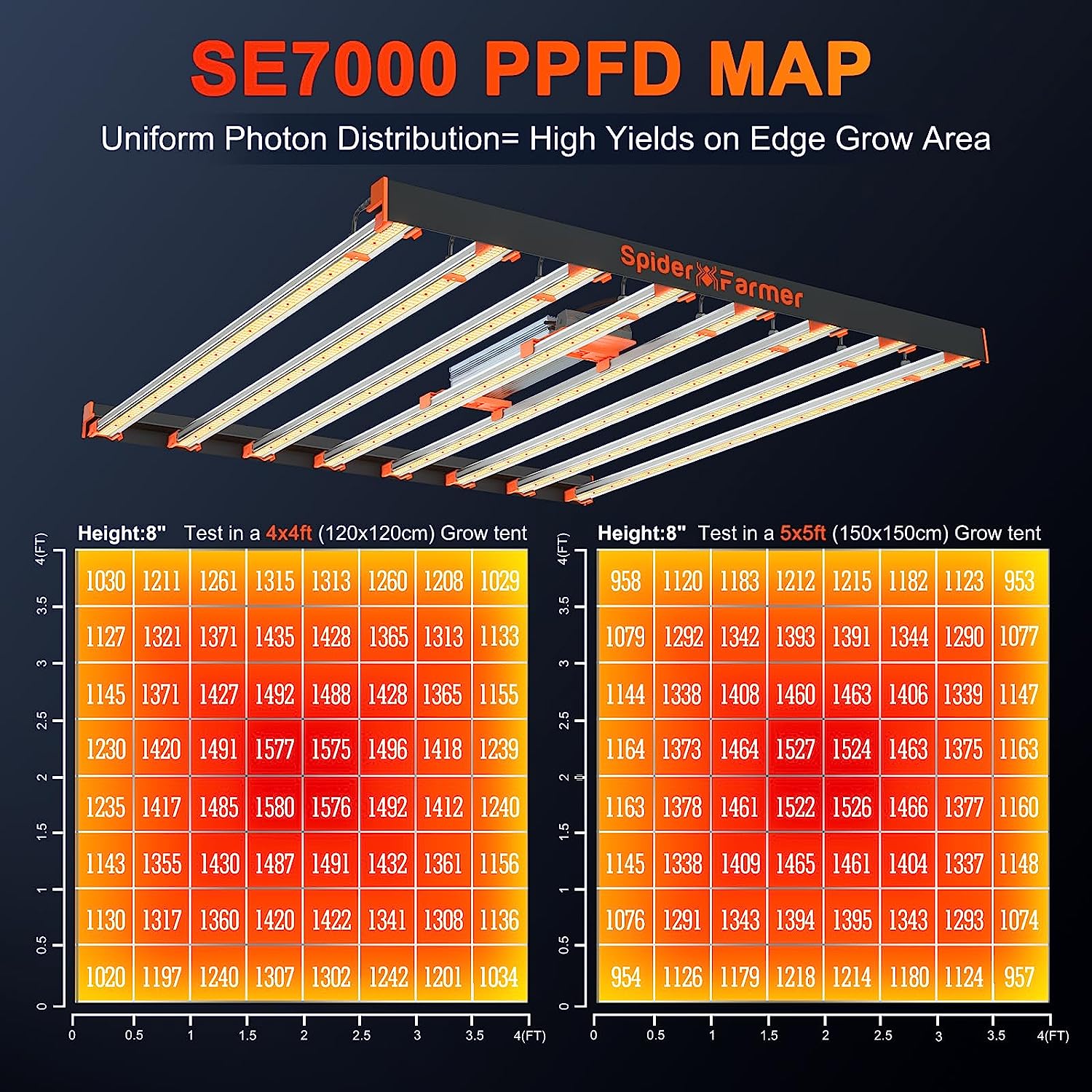
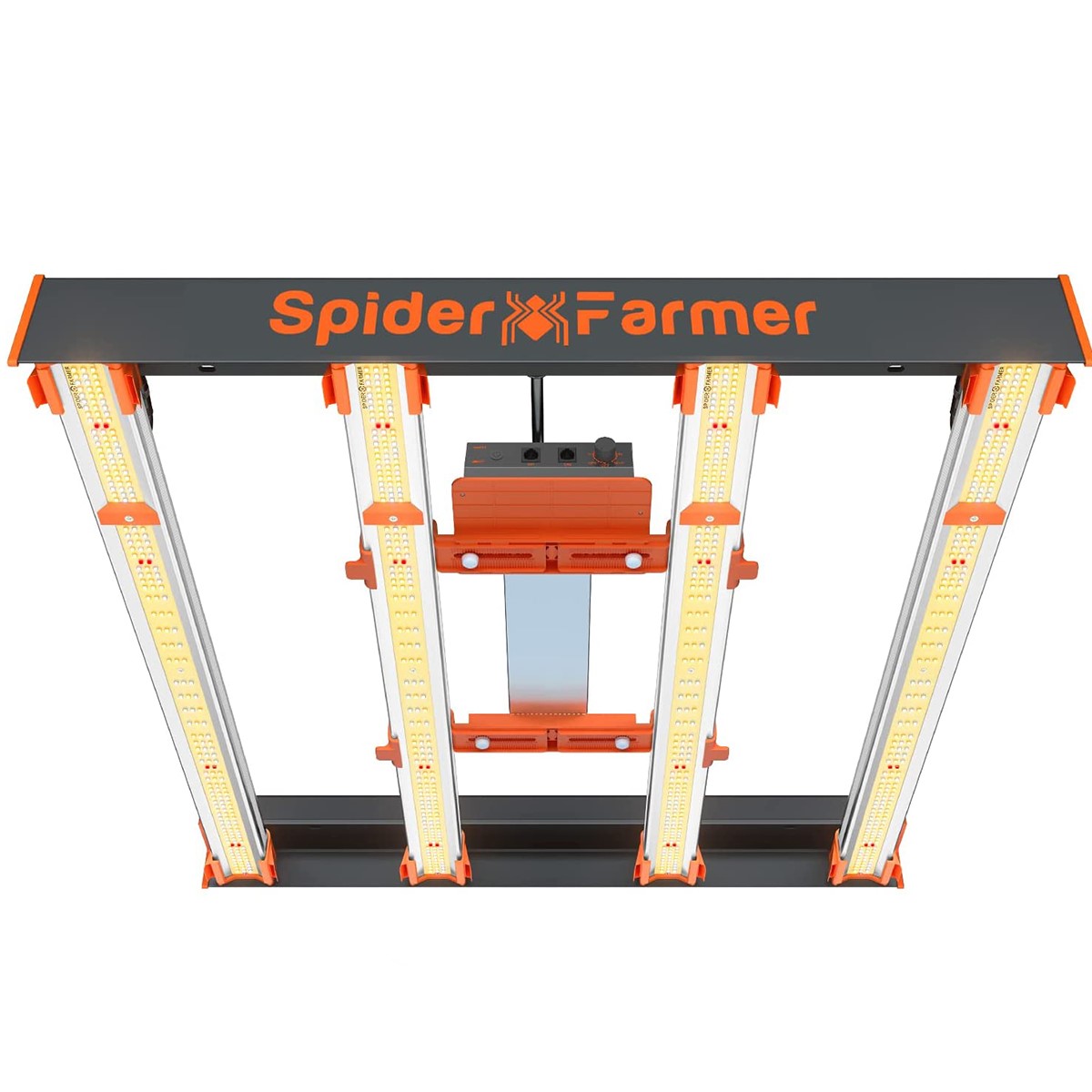
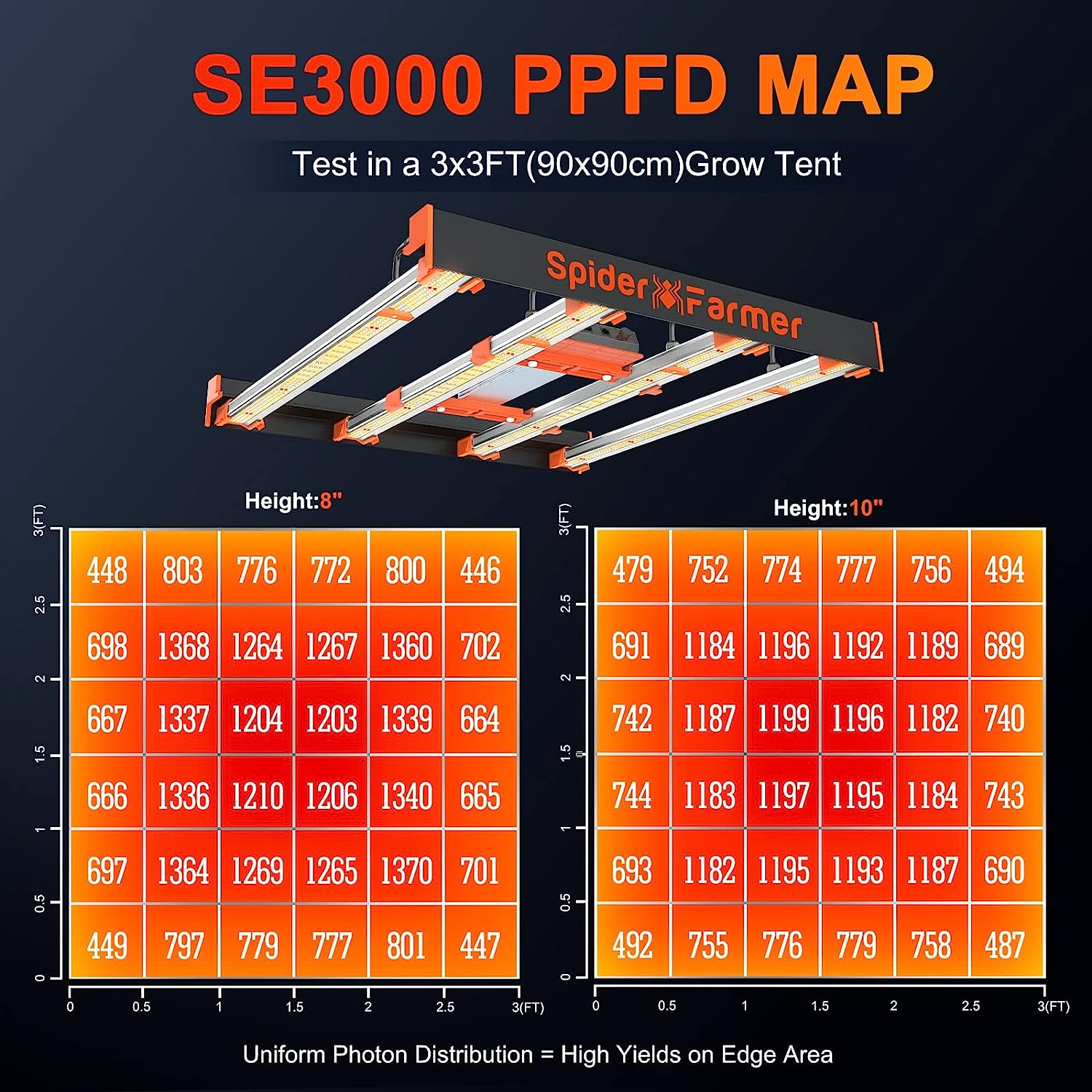
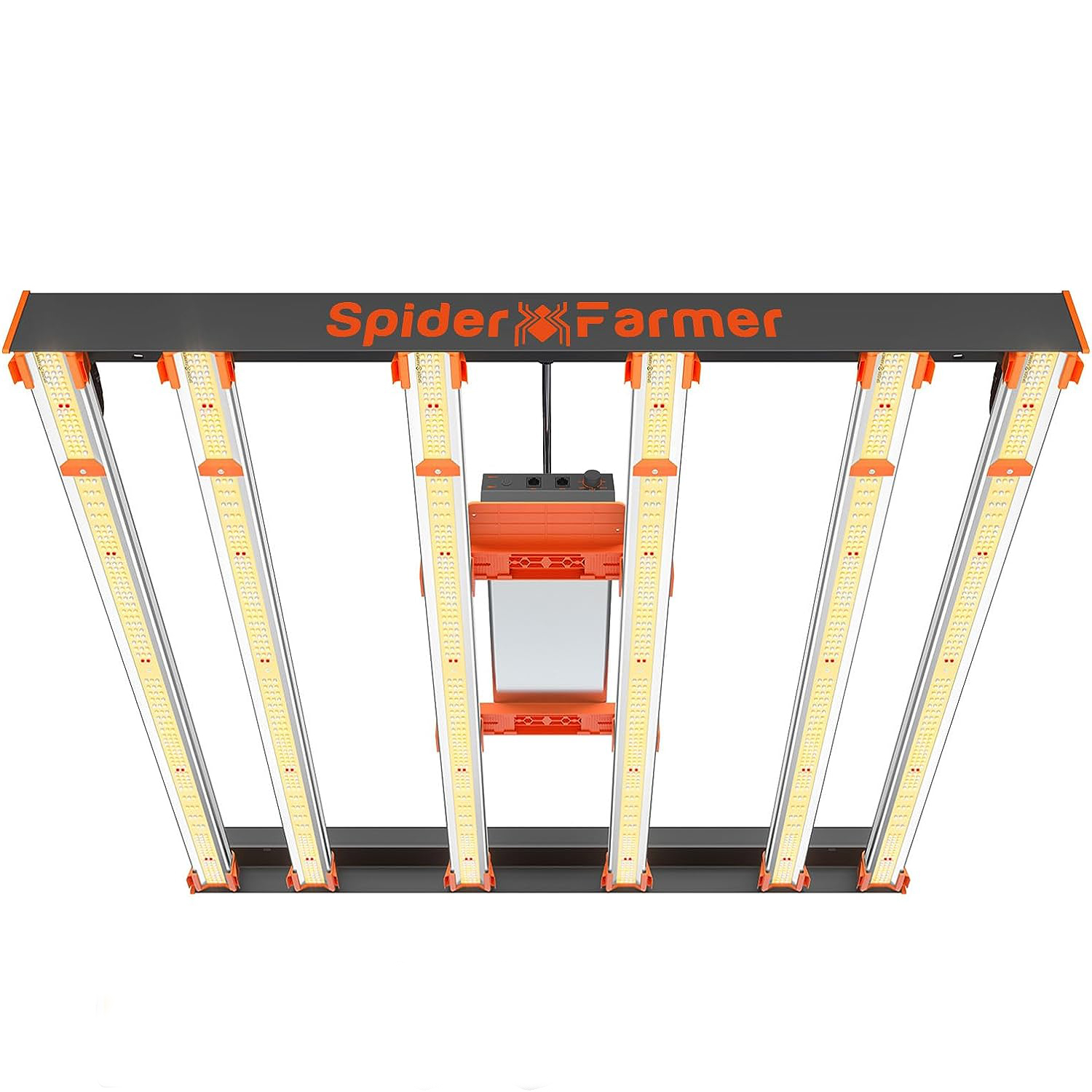
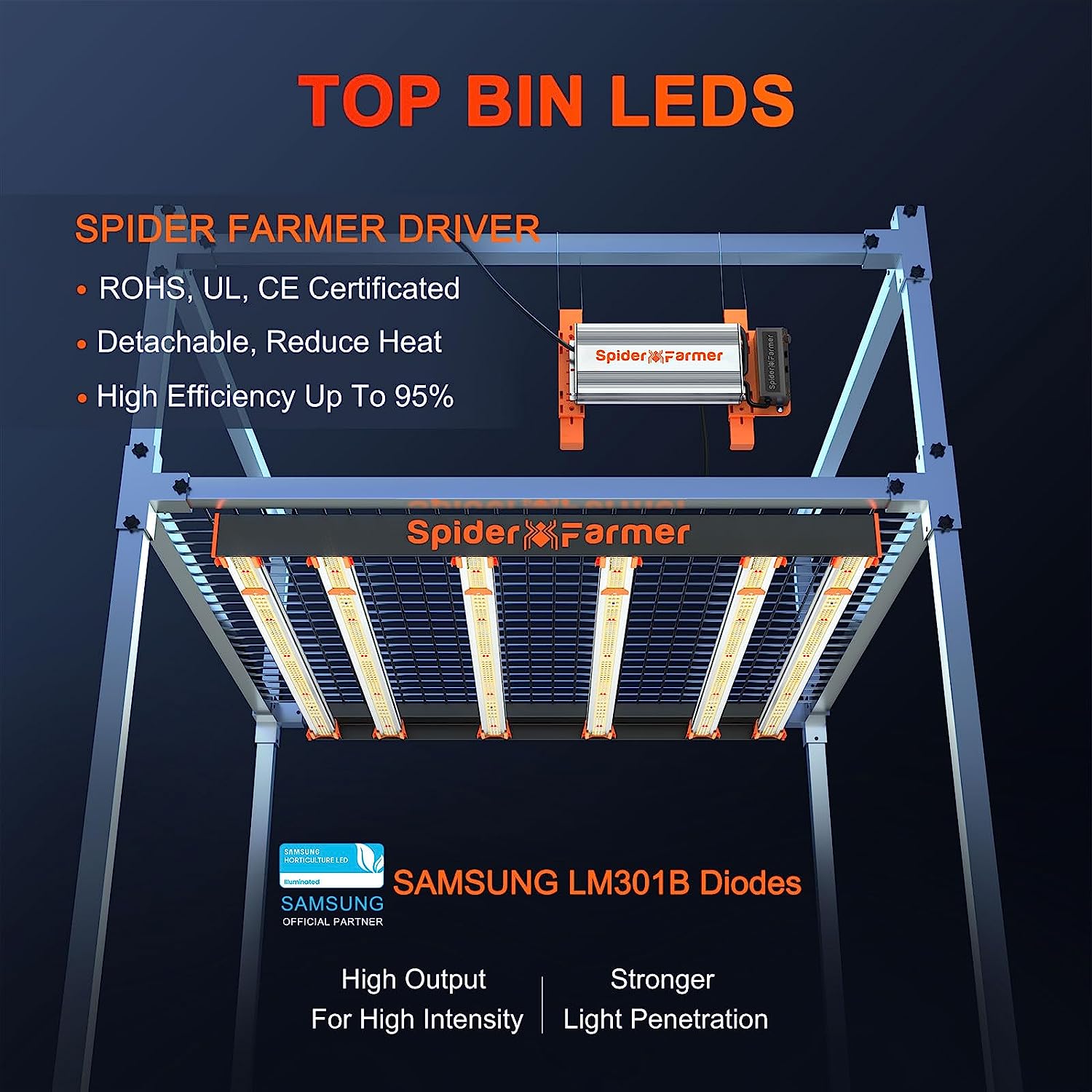
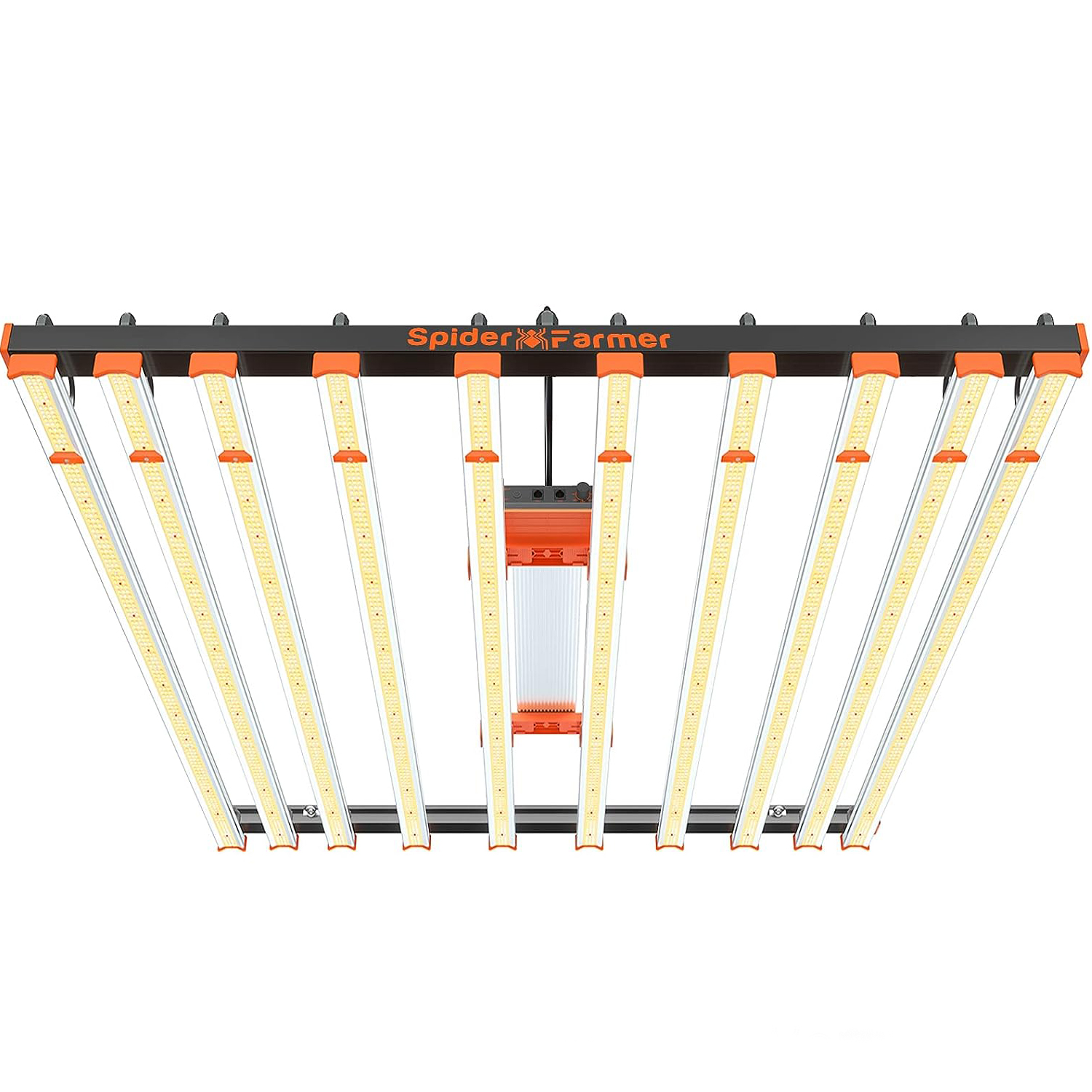
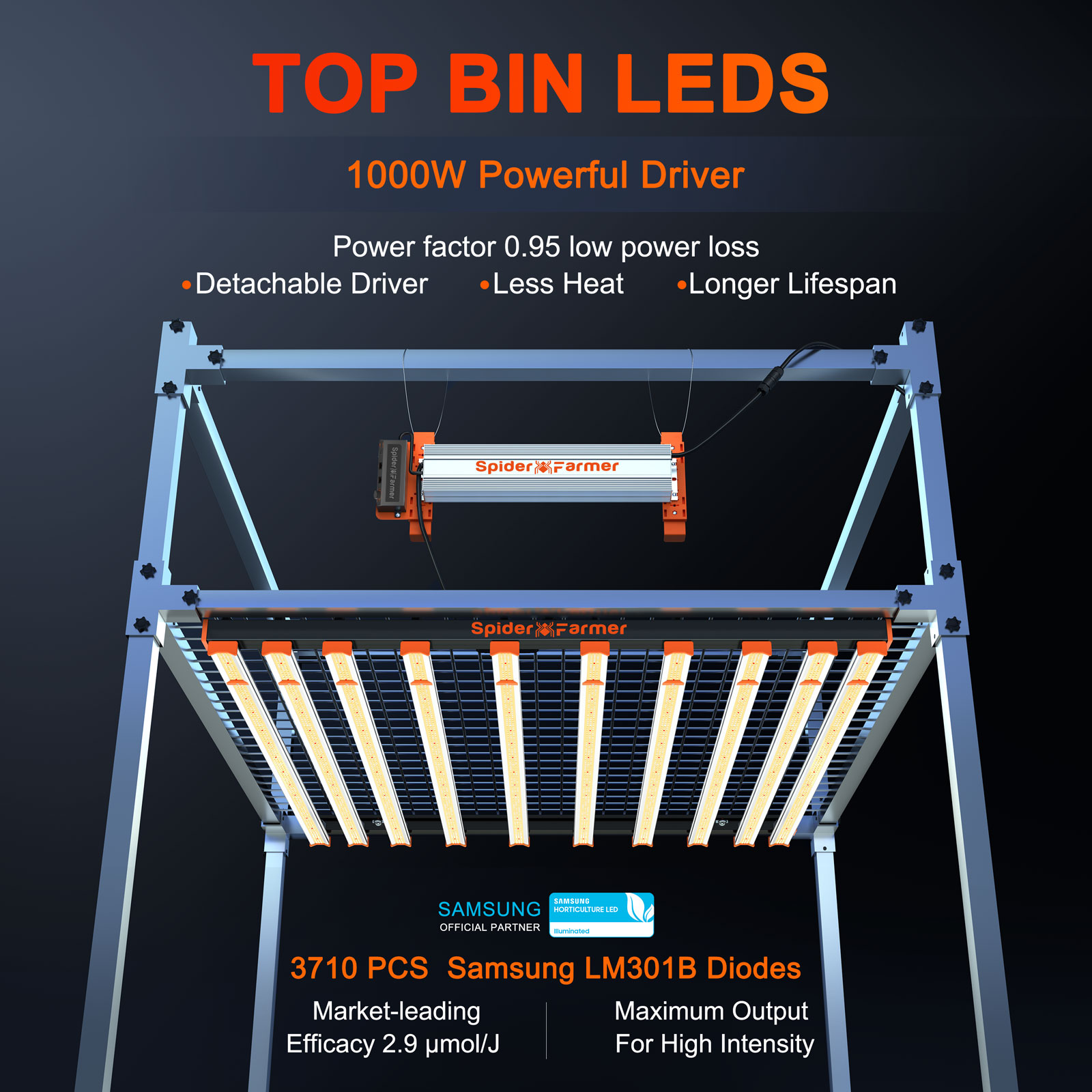


My answer is yes very well